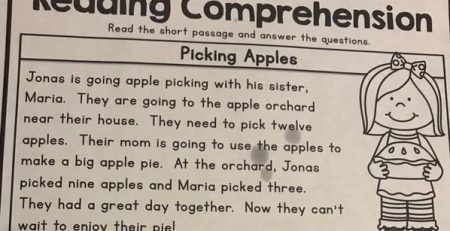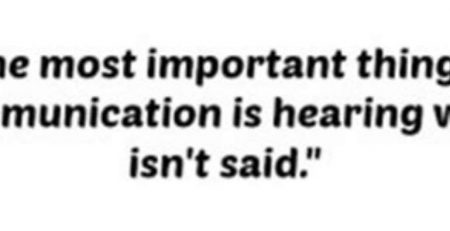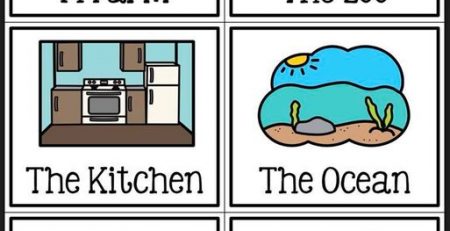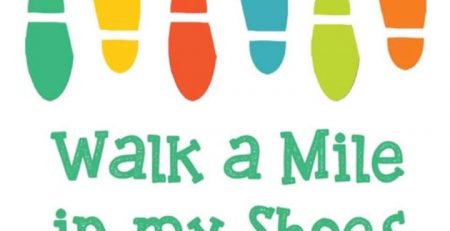Shine Avi language drill series
Topic 1Teaching Words Through Labeling for Children with AutismIntroductionIn this module, we are going to talk about how you can support your child with learning how to label objects. Words are symbols used to represent objects, actions, people and concepts. Children begin to learn language by understanding the meaning of words. As children listen to words used by others around them, they begin to develop an understanding of these words, and ultimately begin to say the same words. There are two developmental stages in learning to label. The first stage is understanding that things have names. A child shows that they understand by listening or turning to the speaker, looking at or pointing to the object or person who has been named and then following a simple direction using the word. These words make up the child’s receptive vocabulary. The second stage is using speech to name or label things. The words that a child uses to label are called their expressive vocabulary. By 18 months, a child typically has at least 50 words, growing to 200-300 words by 24 months. Some of these words will be used to communicate wants and needs. Children with autism very often have deficits in language development, that make learning how to use labels difficult. Today, we are going to focus on how you can teach your child to ‘label’ more effectively.Common ChallengesMost children with autism have difficulty in developing their language skills. These challenges can include: A delay in using language, or using language differently than typically developing children. Having fewer words than typical children their age. Limited imitation skills. A lack of understanding of the words they use. Difficulty understanding what is beingnamed or labeled. Here are some things that you can do to teach your child to Label.Teaching LabelingTo teach labeling, your goal should be for your child to understand what the word means, and how to use the word to label objects, people, things or actions correctly. Let’s start with teaching the meaning of words. Teaching the meaning of words- A good place to start is with natural everyday routines or daily activities where your child will have many opportunities for practice in your home. Choose words that describe what your child sees, hears, or touches and what you or they are doing. Make a short list of objects, people, and actions from that setting. For example, you can use food items, water, or people’s names or the words you use for their favorite toys. As you and your child are paying attention to the same thing, say a simple sentence including the name of the object, person, or action, and then repeat the key word again.Repeat the words several times during the activity. The goal is for your child to pay attention to what you are labeling and to listen to the word. For example, you can say, “Sit on your chair. Chair.”, or “Mommy’s chair”. After your child has many opportunities to hear the names or labels, you can teach them to follow a simple direction which will help you know that they understand the label. You can ask them to reach for or find or retrieve an object. For example, say “Push the chair”. Or ask them to perform an action such as, “Wipe your mouth”, or ask them to choose the object from a choice of two, such as “Take the banana”. You can also teach labels while looking at a book and pointing to the picture or playing a matching game. You can prompt them by saying “find the cow” or“where’s the cat?” Using reinforcers like verbal praise such as “You found cow. Yay!” or a token or food reinforcer may support learning. Prompting your child if they need help. You can do this by getting down to your child’s level and repeating the word, pointing or touching the object you are labeling, calling your child’s name and saying “look” and then repeating the word, or reducing background sounds such as the TV, radio, or other people talking. Teaching your child to label by saying words. At first, your goal is help your child imitate the word you are using. Some children spontaneously begin to imitate words that are modeled if you wait for them to repeat the word. You can say “Here’s a banana. Banana.” Then pause and wait and look towards your child’s eyes. If they don’t respond you can repeat the word. If they do not spontaneously imitate the word, you can use other prompts such as “Say banana.”, or saying the first sound of syllable of the word, for example, “Ba…” and waiting. You can also let them fill in the blank, by saying something like “Mama’s peeling a ____”. Repeat the word and pause to allow your child to respond. If you are not sure that your child has learned a word that can be used as a label, you can ask simple questions such as “What is this?” as you hold up or point to an object or say “Who is that?” as you point to a family member or friend or “What are you doing?” or “What is Elmo doing?” as you watch a video or reada book. Expect a single word answer to these questions. As your child learns more labels, they are likely to practice using them. You can reinforce their efforts by letting them know they are right and then expanding their language. For example, if your child says “ball” while looking at a ball or playing with a ball, you can say “Yes. Ball. You can roll the ball.” Children also like to label things that are unexpected or novel. For example, if a dog comes into your yard as they are looking out the window and they say “Dog”, you can reinforce their efforts by commenting “I see the dog too. He’s barking at the squirrel.” Note that finding a named item like a ball or labeling a ball isn’t as reinforcing as saying the word “ball” when they want you to get the ball off the shelf so they can play with it. Therefore, you will need to use reinforcers as you teach them new labels, such as lots of verbal praise or a tangible reward for labeling correctly.ConclusionTeaching a child to label correctly will take time and practice. Modeling, prompting, and reinforcement are all an important part of teaching a child to use labels, so do take a moment to review our modules on prompting and reinforcement as you may find many helpful tips on how to model, prompt and reinforce effectively. We hope you have found these suggestions helpful. Thank you for taking the time to read our module
11









Leave a Reply